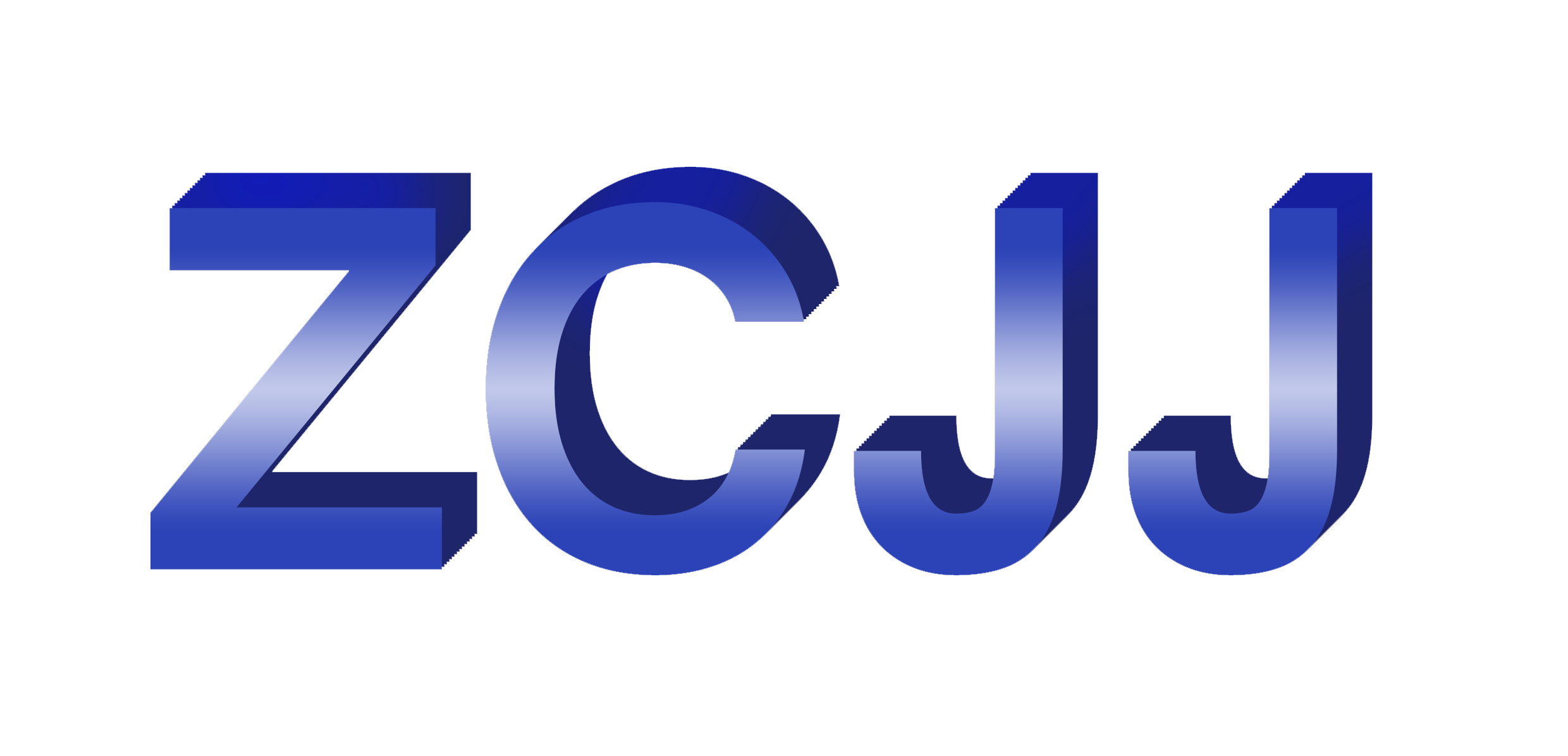132HC Mast Section A brief introduction to the function of the tower crane tip and a detailed introduction to its classification
The function of the tower crane tip is to bear the upper load transmitted from the boom pull rope and the balance boom pull rope, and directly transmit it to the tower body structure through the structural components of the rotating tower, turntable, bearing seat, etc. The top of the self elevating tower has truncated cone column type, forward inclined or backward inclined truncated cone column type, herringbone type and diagonal support type. All the upper return tower cranes need to be equipped with balance weight, whose function is to support the balance weight, so as to form the balance torque with the opposite direction of the lifting torque required in the design. In addition to the balance weight, the lifting mechanism is often installed at the tail. The reason why the hoisting mechanism is placed at the tail end of the balance arm together with the balance weight is that, on the one hand, it can play a part of the balance weight role, and on the other hand, it can increase the distance between the rope drum and the guide wheel of the tower tip, so as to facilitate the winding of the steel wire rope and avoid rope disorder. The amount of balance weight is inversely proportional to the length of balance arm, while there is a certain proportion between the length of balance arm and the length of lifting arm. The balance weight is quite considerable, the light tower crane is generally at least 3-4t, and the heavy one is nearly 30t.
http://www.towercranesupply.com/product/132hc-mast-section-liebherr-tower-crane

Classification of tower crane:
It can be divided into: 1. Pitch luffing; 2. Trolley luffing.
According to the operation mode, it can be divided into: 1. Self elevating type; 2. Non self elevating type.
It can be divided into: 1. Boom type; 2. Lower rotary type.
According to the fixed way, it can be divided into: 1. Track type; 2. Jellyfish frame type.
According to the tip structure, it can be divided into: 1. Flat head type; 2. Pointed head type.
According to the operation mode, it can be divided into: 1. Mechanical automation; 2. Human control.
Detailed introduction to the classification of each tower crane:
1. Structural features of boom
It can be divided into pitch luffing boom (boom) and trolley luffing boom (flat arm) tower crane.
The luffing boom tower crane does not realize luffing by lifting the boom. Its advantages are: it can give full play to the effective height of the boom, the mechanism is simple, and the disadvantage is that the minimum amplitude is limited to about 30% of the maximum amplitude, and it can not be completely close to the tower body. During luffing, the load rises and falls with the boom, and the luffing with load is not allowed.
Trolley luffing jib tower crane realizes luffing by means of trolley traveling installed on the horizontal jib track. Its advantages are: the luffing range is large, the load-bearing trolley can approach the tower body, and it can carry load luffing. The disadvantages are: the loading condition of the jib is complex, the structural requirements are high, and the jib and trolley must be in the upper part of the building, and the installation height of the tower tip is 15-2 higher than the roof of the building 0 meters.
2. Press whether there is a walking mechanism
It can be divided into mobile tower crane and fixed tower crane.
The mobile tower crane can be divided into four types according to the different walking devices: track type, tyre type, automobile type and track type. The rail tower crane body is fixed on the walking underframe, can run on the special track, has good stability, can walk with load, and has high working efficiency, so it is widely used in the construction and installation engineering. There is no track device for the tyre, automobile and crawler tower cranes, which are easy to move, but they can't walk with load and have poor stability. At present, they are rarely produced.
The fixed tower crane can be divided into two types according to the different installation positions: the attached self elevating tower crane and the internal climbing tower crane. The attached self elevating tower crane can rise with the rise of the building, which is suitable for high-rise buildings. The building structure only bears the horizontal load transmitted by the tower crane, which is easy to attach, but takes up a lot of structural steel. The internal climbing tower crane is in the building (elevator shaft, stairwell), with the help of a set of The climbing of bracket and lifting system is more complicated, but the occupied structure uses less steel, so there is no need to install foundation, and all self weight and load are borne by the building
http://www.towercranesupply.com/product/132hc-mast-section-liebherr-tower-crane





